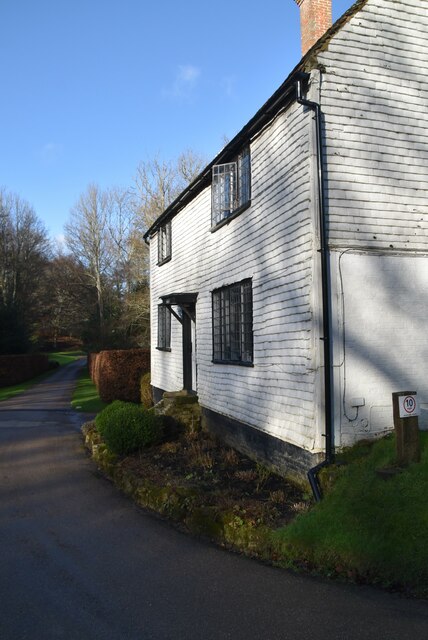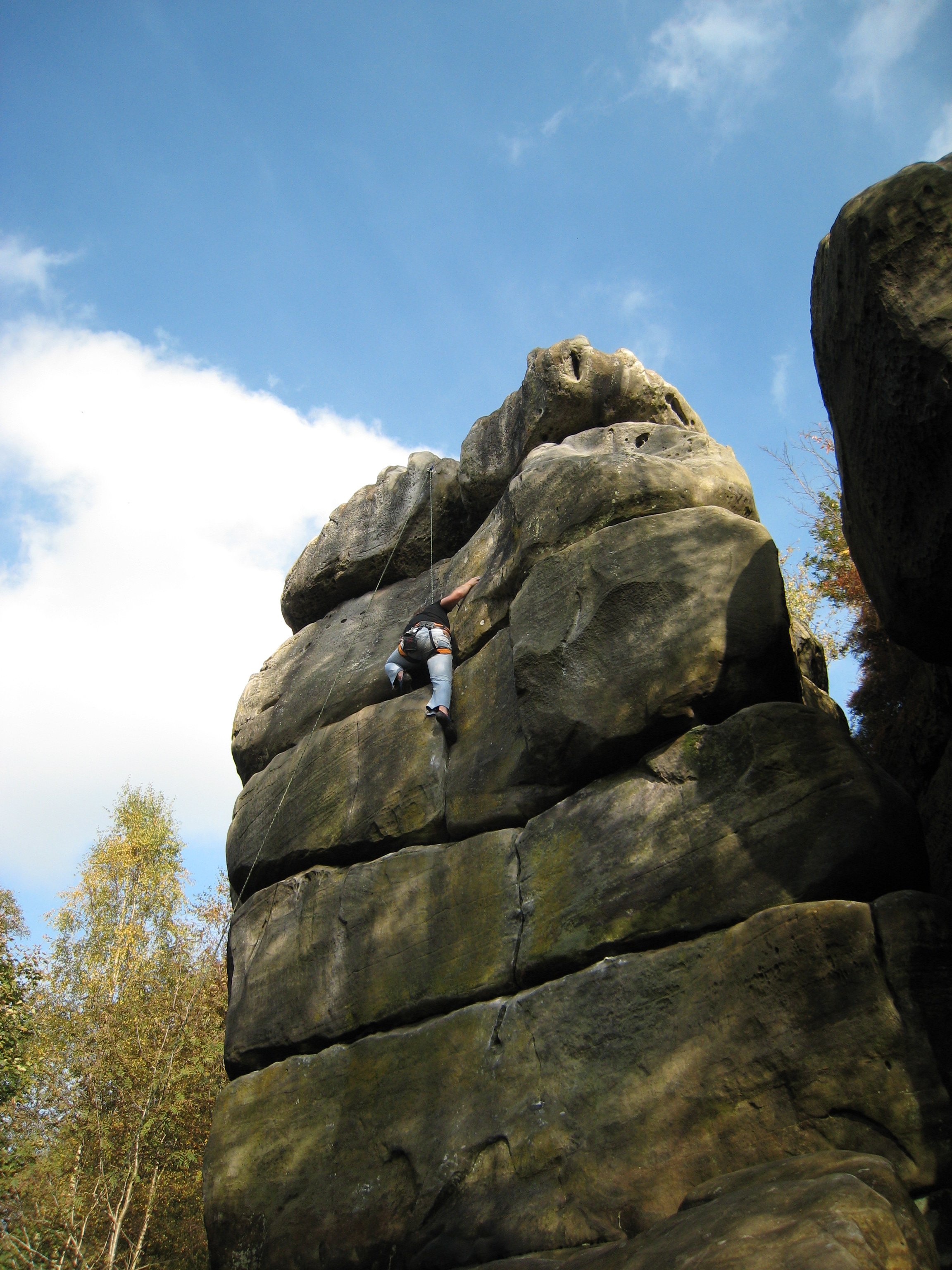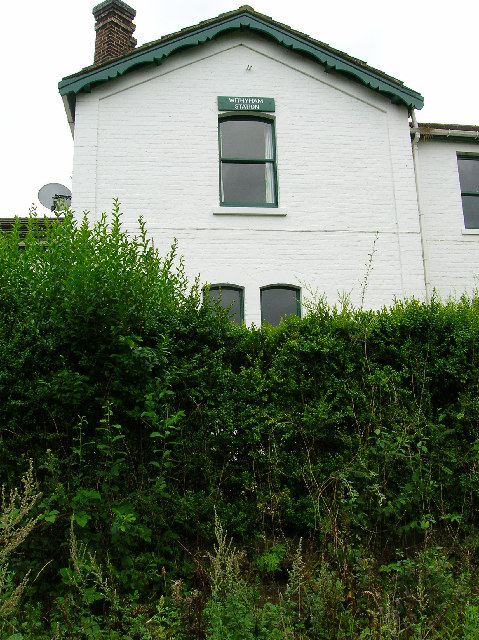Jockey's Wood
Wood, Forest in Sussex Wealden
England
Jockey's Wood

Jockey's Wood is a picturesque woodland located in Sussex, England. Covering an area of approximately 20 acres, it is situated near the town of Horsham and is easily accessible to visitors. The woodland is known for its diverse range of tree species, including oak, ash, beech, and birch, which create a vibrant and lush environment throughout the year.
The woodland is a popular destination for nature enthusiasts, hikers, and families seeking a peaceful and tranquil experience amidst nature. It offers numerous walking trails that wind through the trees, providing visitors with an opportunity to explore its beauty at their own pace. These paths are well-maintained and clearly marked, ensuring a safe and enjoyable experience for all.
Jockey's Wood is home to a rich variety of wildlife, making it a haven for nature lovers and birdwatchers. Visitors may encounter species such as woodpeckers, owls, deer, and squirrels as they explore the woodland. The peaceful atmosphere and abundance of wildlife create a perfect setting for photography and nature observation.
The woodland is managed by a local conservation group that ensures its preservation and protection. They organize regular events and activities, such as guided walks and educational programs, to promote awareness and appreciation of the natural environment. The group also works to maintain the woodland's biodiversity through careful management practices.
Overall, Jockey's Wood is a beautiful and well-preserved woodland that offers a serene escape from the hustle and bustle of everyday life. Its scenic trails, diverse wildlife, and commitment to conservation make it a must-visit destination for anyone seeking a connection with nature in Sussex.
If you have any feedback on the listing, please let us know in the comments section below.
Jockey's Wood Images
Images are sourced within 2km of 51.092217/0.16544034 or Grid Reference TQ5134. Thanks to Geograph Open Source API. All images are credited.








Jockey's Wood is located at Grid Ref: TQ5134 (Lat: 51.092217, Lng: 0.16544034)
Administrative County: East Sussex
District: Wealden
Police Authority: Sussex
What 3 Words
///consonant.dignity.ballooned. Near Groombridge, East Sussex
Nearby Locations
Related Wikis
Penn's Rocks
Penn's Rocks is a 10.2-hectare (25-acre) biological Site of Special Scientific Interest north of Crowborough in East Sussex.This site is a steep sided...
Harrison's Rocks
Harrison's Rocks is a series of sandstone crags approximately 1.5 kilometres (1 mi) south of the village of Groombridge in the county of East Sussex. The...
Buckhurst Park, East Sussex
Buckhurst Park is an English country house and landscaped park in Withyham, East Sussex. It is the seat of William Sackville, 11th Earl De La Warr.The...
Bream Wood
Bream Wood is a 7.8-hectare (19-acre) biological Site of Special Scientific Interest north of Crowborough in East Sussex.This steep sided valley wood has...
Withyham railway station
Withyham was a railway station on the Three Bridges to Tunbridge Wells Central Line which closed in 1967, a casualty of the Beeching Axe. The station opened...
Oliver Sutton (RAF officer)
Captain Oliver Manners Sutton (12 March 1896 – 16 August 1921) was a British First World War flying ace credited with seven aerial victories. == Family... ==
Withyham
Withyham is a village and large civil parish in the Wealden district of East Sussex, England. The village is situated 7 miles south west of Royal Tunbridge...
Eridge railway station
Eridge railway station is on the Uckfield branch of the Oxted line in southern England and serves a rural district around Eridge in East Sussex. It is...
Nearby Amenities
Located within 500m of 51.092217,0.16544034Have you been to Jockey's Wood?
Leave your review of Jockey's Wood below (or comments, questions and feedback).
















